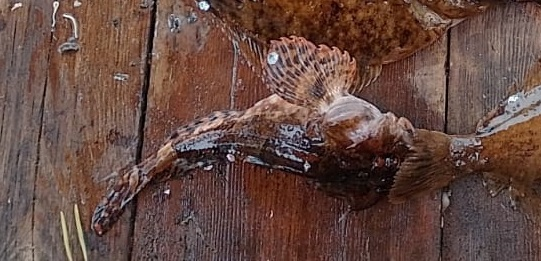
Parasitic organisms are an integral component of natural ecosystems. The composition of the parasitic fauna reflects the ecological connections of the hosts, the biogeographical features of the region and the impact of a number of other environmental factors. The parasitic fauna of cod, saffron cod (the navaga) and sculpin in the White Sea has been studied repeatedly, but large-scale parasitological studies of these fish have not been carried out in the last three decades. To fill this gap, a team of scientists from Moscow State University, the All-Russian Research Institute of Fisheries and Oceanography and the A.N. Severtsov Institute of Ecology and Evolution RAS conducted a study of the helminths of these fish species in the waters of the N.A. Pertsov White Sea Biological Station of Moscow State University in 2021-2022.

The species composition of parasites in the three studied fish species turned out to be quite similar (Figure 1), however, the helminth communities in individuals of navaga and White Sea cod were closer in structure to each other than to the communities of sculpin, which reflects both the phylogenetic and ecological proximity of the first two host species. The authors’ conclusions indicate that the level of infection of White Sea cod, navaga and sculpin with helminths turned out to be consistently high over 85 years of observations in the White Sea.

Materials published in the article: Logvinenko, A.D., Gordeev, I.I., Ekimova, I.A. Sokolov S.G. (2024). Helminths of three species of White Sea fishes.Parasitology Research123, 39. https://doi.org/10.1007/s00436-023-08017-9
